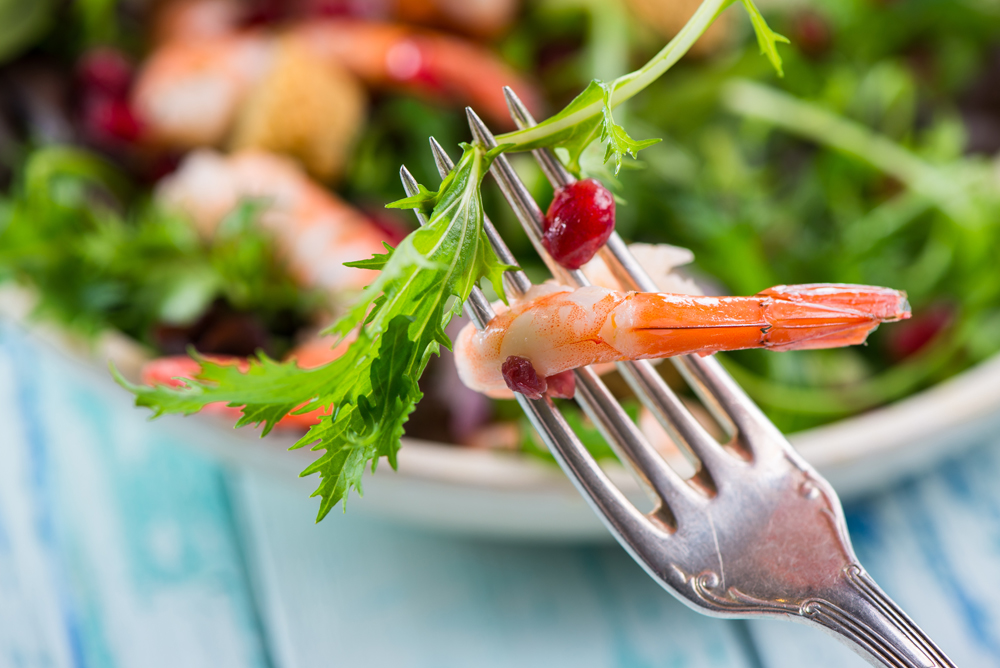
Forage and fish. The spirit of Alaska comes alive with summer’s wild edible plants. And a visit with our dear friend Klaus in Trapper creek would of course involve eating from the land; turning handfuls of fresh-picked weeds (a.k.a. edible plants; a.k.a. medicinal plants) into an aesthetic and nutrient dense meal. Inspired, I picked a few “volunteers” in my yard this weekend.
Pick just what you need. Leave the rest.
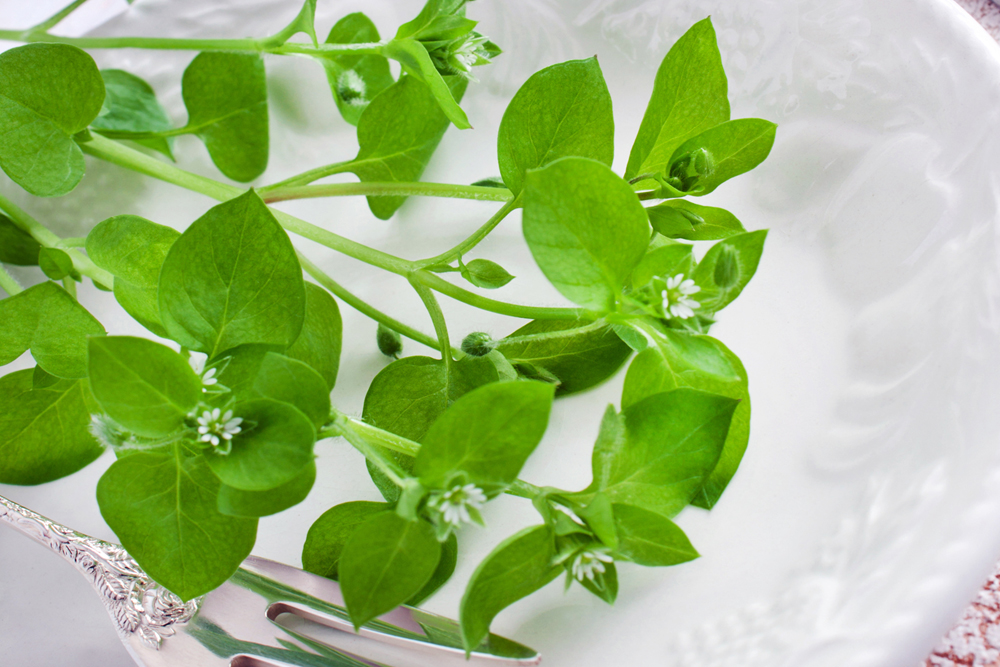 Chickweed tastes tangy, fresh and this edible plant volunteers everywhere. You can eat all the parts, the stems, leaves, flowers and seeds of Stellaria media (which means “little star in the mist”). Trivia point: Chickweed leaves fold up if it is going to rain 😀 .
Chickweed tastes tangy, fresh and this edible plant volunteers everywhere. You can eat all the parts, the stems, leaves, flowers and seeds of Stellaria media (which means “little star in the mist”). Trivia point: Chickweed leaves fold up if it is going to rain 😀 .
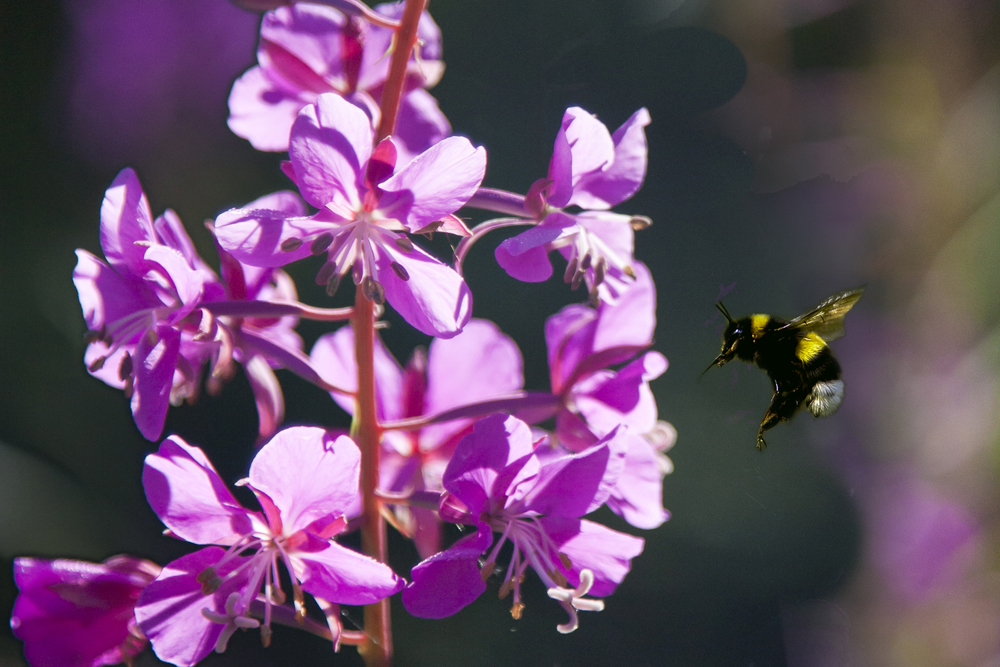
That said, most people consider Stellaria a noxious weed and spend tons of time and money removing it from lawns and gardens. You might want to reconsider given that nearly all other members of this plant’s family are prized for the anti-oxidant, anti-microbial, anti-cancer, and recently our lovely chickweed itself was studied and shown to have anti-obesity effects (at least in animals; Chidrawar, 2011; Chandra, 2015).
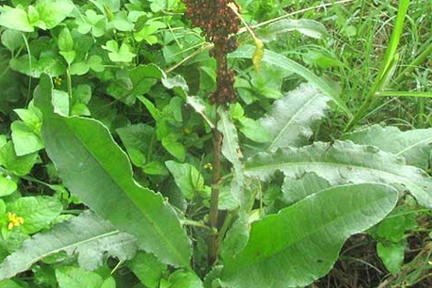
Fireweed means summer in Alaska. Sauté the new spring shoots in butter, dry the leaves and flowers to make Fireweed tea, collect the gorgeous pink to purple flowers and newer leaves to add to your salad. Epilobium angustifolium is a pioneer plant that brings the first promise of recovery after fires, alongside roads, and other disturbed areas. Just like it creates balance for disturbed plant communities, fireweed’s known antioxidant, anti-proliferative, anti-inflammatory, and antibacterial properties along with it being high in mucilage can help restore our internal digestive ecosystem, recover from food poisoning, irritable bowel syndrome, and chronic low-grade diarrhea (Schepetkin, 2017).

Arctic dock (Rumex arcticus) has a delightful, bright lemon flavor that complements. Grab a handful and use as you would lettuce, tear or chop into your salad. Traditionally this plant was used as a liver tonic and for anemias. And no wonder with its high iron alongside vitamin C, calcium potassium, beta carotene and phosphorus (Hutchings 1996, Balogun 2016)
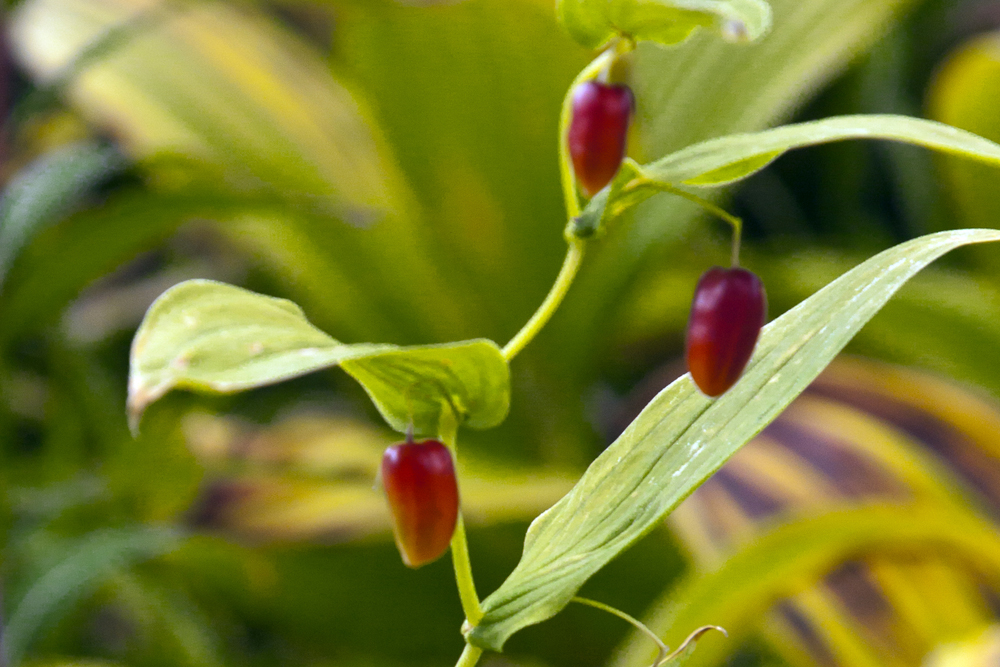
Wild blue lettuce (Lactuca tatarica) is native to Alaska unlike it’s dandelion cousin. It’s unusual to find a blue flower in this family but that defines our lettuce. The early leaves are best and can become more bitter with time. Traditionally, dock has been used to manage pain, respiratory and digestive issues (.
Watermelon berry a.k.a “crooked stem” (Streptopus amplexifolius) must somehow be good for us if only for the pleasure moment. The semi-sweet red berries of this lily plant add a delightful, juicy crunch.
Balogun, F. O., Tshabalala, N. T., & Ashafa, A. O. T. (2016). Antidiabetic Medicinal Plants Used by the Basotho Tribe of Eastern Free State: A Review. Journal of Diabetes Research, 2016, 4602820.
Chandra, S., & Rawat, D. S. (2015). Medicinal plants of the family Caryophyllaceae: a review of ethno-medicinal uses and pharmacological properties. Integrative Medicine Research, 4(3), 123–131.
Chidrawar, V. R., Patel, K. N., Sheth, N. R., Shiromwar, S. S., & Trivedi, P. (2011). Antiobesity effect of Stellaria media against drug induced obesity in Swiss albino mice. Ayu, 32(4), 576–584.
Hutchings A. Zulu Medicinal Plants. Pietermaritzburg, South Africa: University of Natal Press; 1996
Janbaz, K. H., Latif, M. F., Saqib, F., Imran, I., Zia-Ul-Haq, M., & De Feo, V. (2013). Pharmacological Effects of Lactuca serriola L. in Experimental Model of Gastrointestinal, Respiratory, and Vascular Ailments. Evidence-Based Complementary and Alternative Medicine : eCAM, 2013, 304394.
Schepetkin, I.A., Ramstead, A.G., Kirpotina, L.N.,Voyich, J.M. Jutila, M.A., Quinn, M.T. (2017) Therapeutic Potential of Polyphenols from Epilobium Angustifolium (Fireweed). Phytotherapy Research, 30(8):1287-1297.
Shallcross, L. and Johnson, M. (2012) Watermelon Berries. Food, Nutrition, Health. Publication FNH-00123. Online:Watermelon berries.







